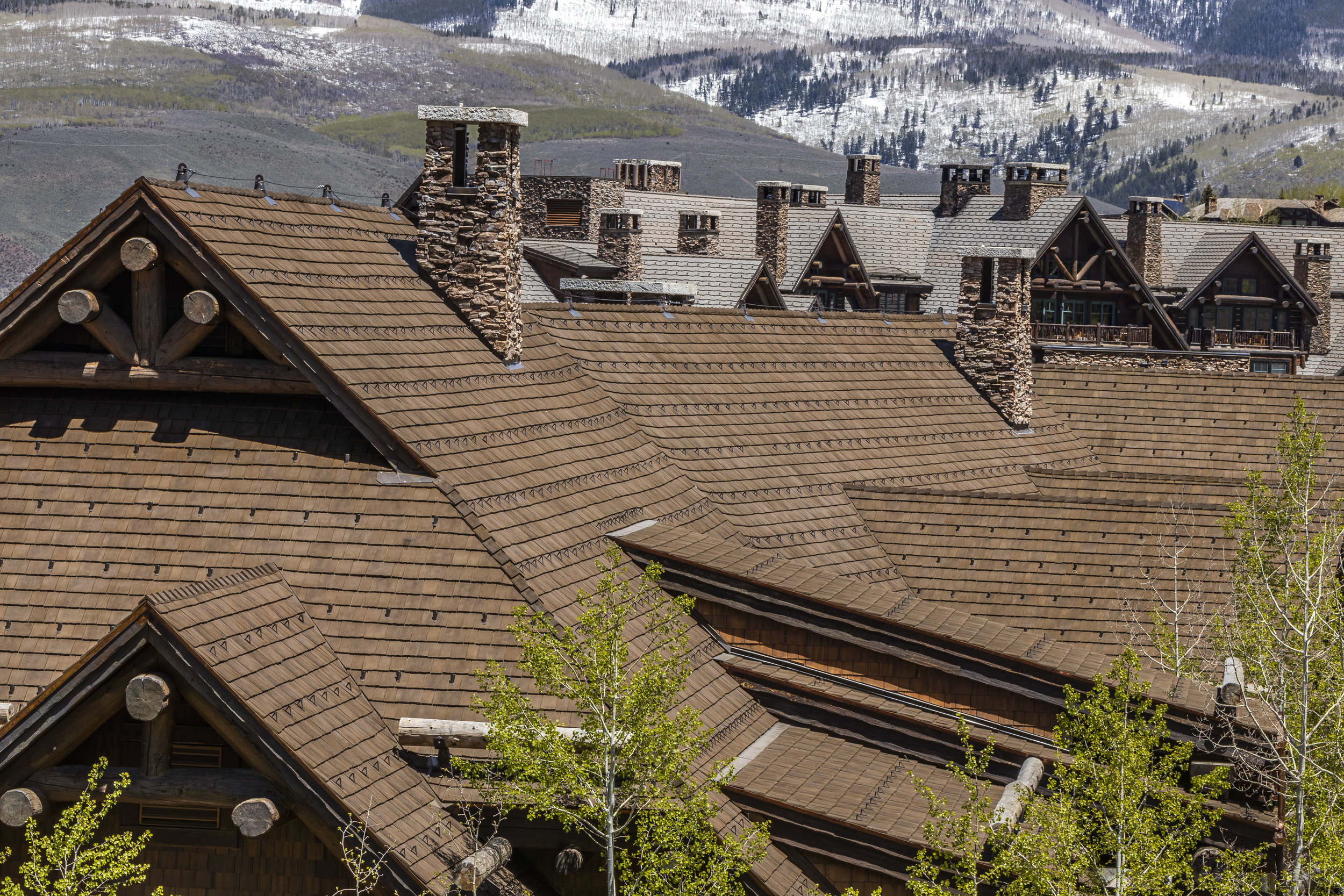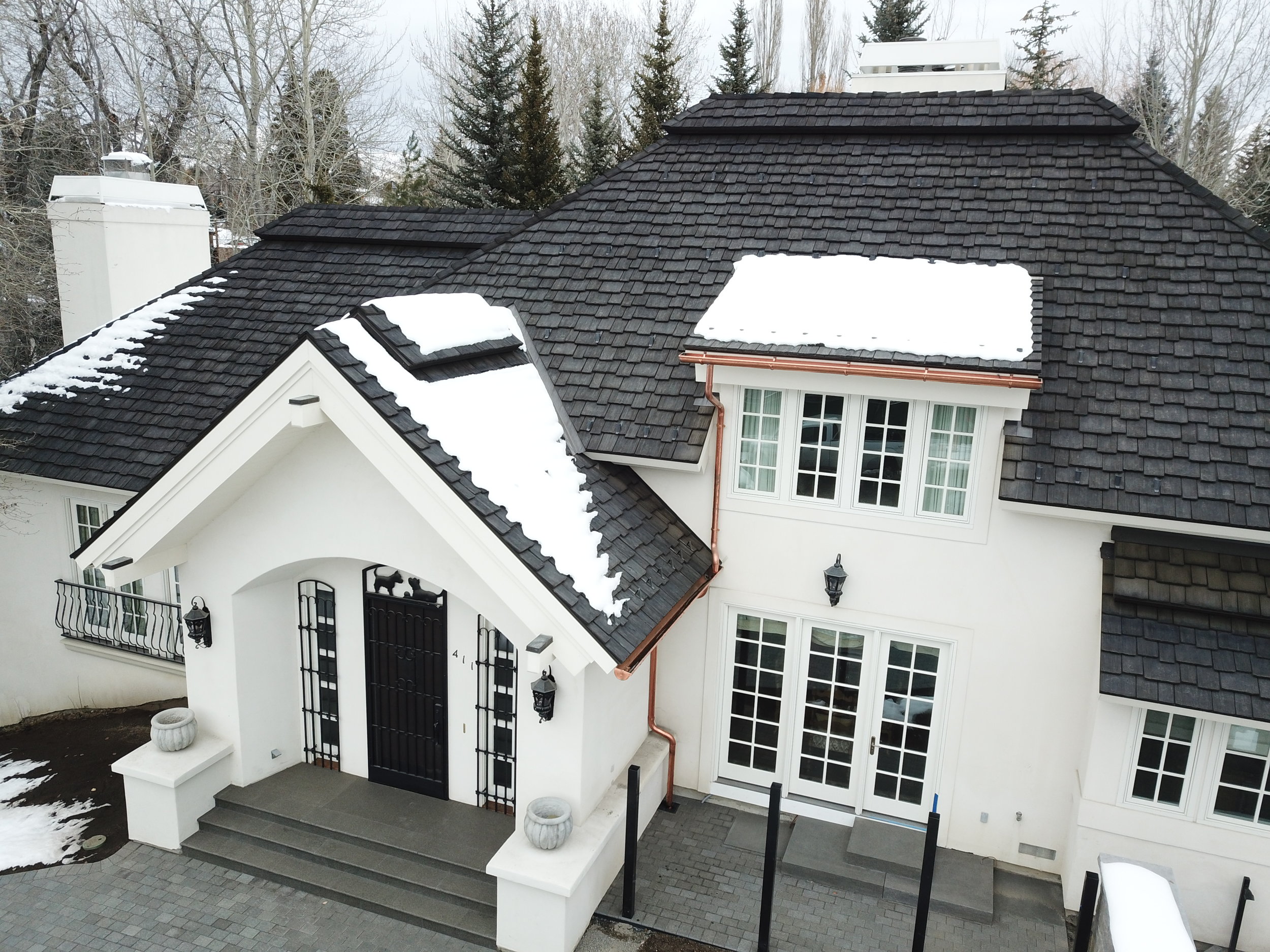Best Roofing Material and the Best Roof Shingles for Snowy Climates
Choosing the best roof shingles for where you live is critical. If you live in a hurricane-prone area, you want a roof strong enough to withstand strong winds. If you live somewhere that has the potential for wildfires, you want a fire-resistant roof.
Then, some areas suffer from heavy snow and colder climates, which also require special roofing considerations. When you live in an area that is prone to cold and snow, you want the best roof materials for cold climates that you can get. This type of roofing will provide better overall protection for the home.
Here is what you need to know about cold climate roofing, roof shingles, and which is the best roofing material for heavy snow.
Who Needs a Cold Climate Roof?
With the ever-changing environment, the weather is becoming more and more unpredictable. Now, even states like Texas have seen some extreme cold weather, by their standards.
However, the fact remains, the coldest states include Alaska, North Dakota, Minnesota, Wyoming, Colorado, and Vermont, to name only a few. Most of these states are also known for their heavy snowfalls as well. Minnesota is one of the worst, with snowfall occasionally topping 170 inches, while the temperature can reach below 0 degrees in some areas of the state. For that reason, it is important to choose the best roof design for snow and cold weather prone areas.
What Do Cold Climate Roofs Offer?
States like those mentioned above not only experience drastic drops in temperature during the winter, but can also be subject to things like snow, ice, and high winds due to blizzards and snowstorms. A roof has to be strong enough to not only withstand all of these stress factors, but also needs to keep the home well insulated and warm.
Cold climate roofing usually uses extremely durable material that can handle different situations with ease. But, beyond that, they make it easy for snow and ice to slide or melt off without causing any damage to the roof or seeping through any cracks. In addition, when properly installed, the best roof material for snow will also act as additional insulation for a home, adding much needed extra warmth during winter months.
Different Cold Climate Roofing Options
When it comes to trying to decide on the best roof design for snow, there are many different options to consider. Some of the classic options include:
Slate
Slate roofing has been popular for a very long time due to its durability and appearance. It does well in extreme temperatures, making it one of the best roofing materials for cold climates. It is also strong enough to withstand wind, storms, hail, and even fire. Another benefit of slate tiles is that they work best well on sloped roofs, making them perfect for states like Colorado and Minnesota that get lots of snow.
However, slate is also extremely expensive and heavy, requiring additional structural support for installation.
Metal Roofing
Another kind of best roofing material for heavy snow is metal roofing. Metal roofing is another option that is extremely resistant to snow and ice formation, with ice sliding right off. As a result, there is no worry of ice and snow building up on the roof and adding unnecessary weight and pressure. Some metal roofing can also withstand strong winds, making it ideal for blizzard climates.
However, while metal roofing can act as a repellent for snow, it requires additional insulation for colder climates. Otherwise, homeowners will find their heating system has to work harder to keep the home warm. In addition, metal roofing can also be expensive and can dent easily.
Fiberglass Asphalt Shingles
One other alternative that some believe is the best roof material for snow is fiberglass asphalt shingles. These are a classic roofing option that does well in all types of weather, including cold and snow. However, for the best protection, it is important to use architectural shingles. Asphalt shingles have the benefit of being a more affordable roofing option compared to others and they are fairly easy to maintain.
Unfortunately, however, asphalt shingles can become worn out more quickly over time and require more frequent replacing. They also may not hold up to heavy winds from blizzards as well.
The Best Roof Shingles for Snow
Slate, metal, and asphalt are not the only materials on the market that people consider the best roofing materials for heavy snow. In fact, one option that doesn't always get the attention it deserves is synthetic roofing shingles.
Synthetic shingles, like those from CeDUR, are made of a highly durable, extremely lightweight polyurethane material. These shingles have a Class 4 Impact Rating, the highest rating a product can receive, making them very durable and ideal for harsh conditions such as blizzard-prone states. They are also strong enough to withstand winds up to 115 mph, adding to their durability.
Another benefit that lends CeDUR's synthetic shingles to the best roof design for snow is the fact that they are resistant to both freeze and thaw cycles. Therefore, any snow or ice will not damage the roof in any way. But, beyond being resistant to freeze and thaw cycles, they have an R-Value above 2.0, which means they are extremely energy-efficient and better help to insulate a home. That way, homeowners rely less on their heater during the winter months.
Finally, CeDUR synthetic roof shingles offer a beautiful, real-wood look without the worry of the shingles cracking, splitting, rotting, or wrapping. They are easy to install and maintain and, best of all, are affordable and long-lasting.
Choosing the best roofing materials for cold climates is critical. For one, it is important to choose a material that can withstand snow, wind, and ice without suffering damage. But, you also want a material that insulates your home. That way, you do not have to rely so heavily on your heater, which can cause your utility bill to rise significantly. For the price and everything it offers, synthetic shingles are an excellent option that will not only look beautiful, but will also protect your home from the cold and snow.





